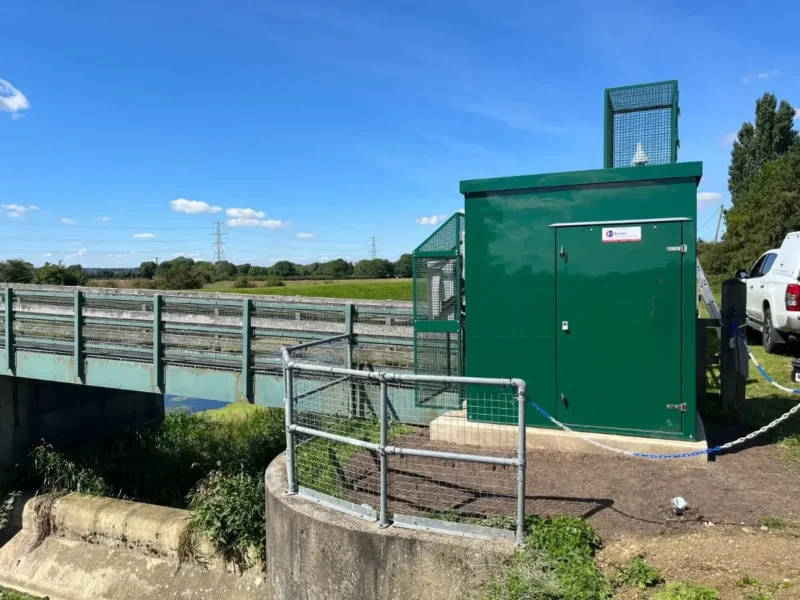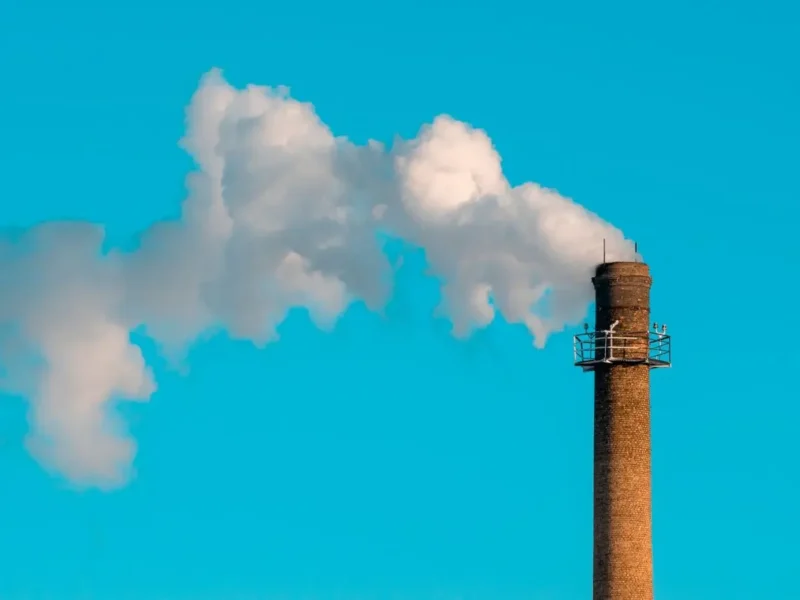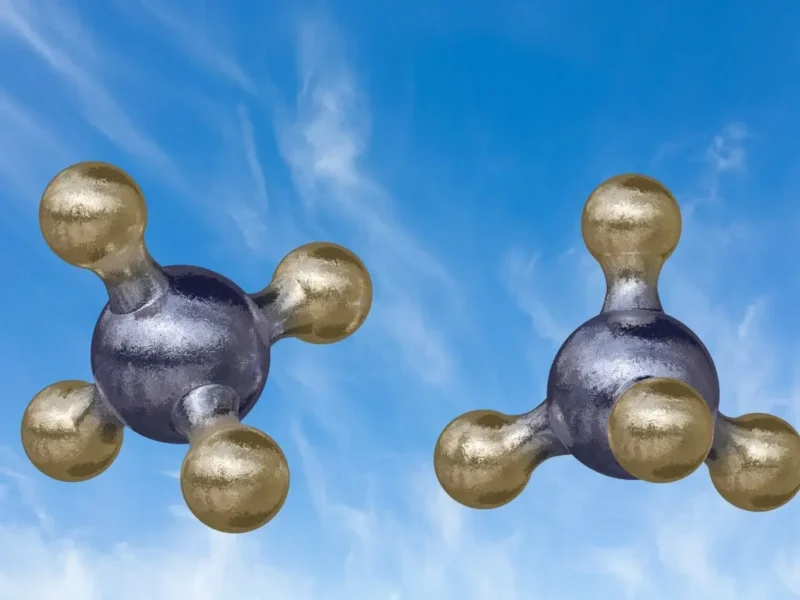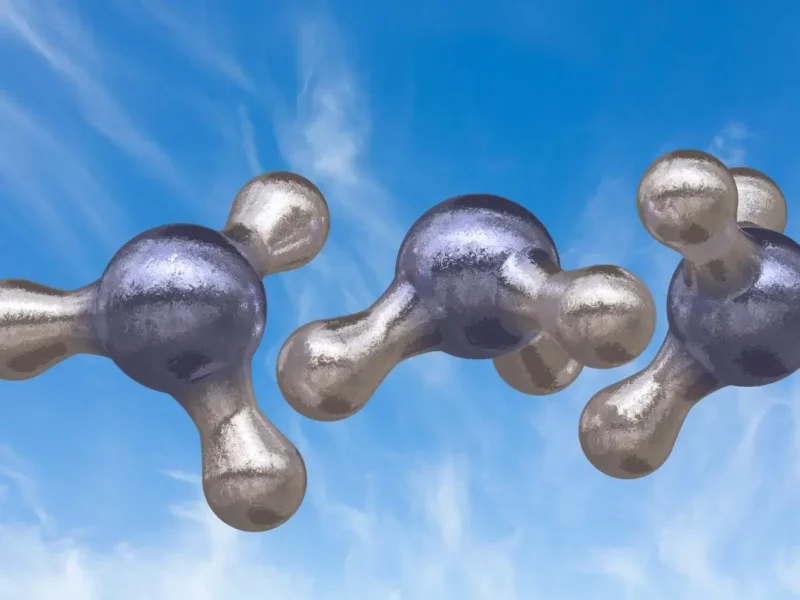Sound of silence? How IoT tech will help solve urban noise pollution
15th March 2024
Noise pollution in urban landscapes challenges the wellbeing of populations.
How Smart Cities tackle air pollution
14th February 2024
We discuss how Smart Cities could employ IoT technology to improve the air we breathe and the environment we live in.
Clean air day
22nd June 2022
Hosted on the 16th of June every year, Clean Air Day (CAD) has become the UK’s largest clean air campaign.
Do I Need CEMS? – Continuous Emissions Monitoring FAQ
7th April 2022
CEMS are used to monitor emissions to atmosphere from industrial installations. It is a legal requirement for many sites in the UK, who may be unsure of their obligations under environmental permits.
Your service contract benefits with Enviro Technology
15th February 2022
You‘ve spent a large chunk of your budget on monitoring equipment and can’t risk it failing or not delivering the valuable data you need.
Ozone and Sulphur Dioxide - forgotten pollutants?
14th February 2022
Both O3 and SO2 are longstanding ‘criteria’ pollutants and WHO, EU and UK national limit values exist for them due to their adverse human health effects.
Accurately monitoring methane: what you need to know
22nd October 2021
Methane (CH4) is a relatively prominent component of the atmosphere, with a global average concentration of 1.8 parts-per-million, a 2.5-fold increase since pre-industrial levels.
International Day for Protection of the Ozone
15th September 2021
The “International Day for the Preservation of the Ozone Layer”, commemorates the date that the “Montreal Protocol on Substances that Deplete the Ozone Layer” was signed, in 1987.
Ammonia - a toxic modern day pollutant
20th May 2021
As one of the most toxic modern-day pollutants, ammonia emissions are an increasingly active area of research.
Ozone: summer doesn't just bring warm, sunny days
17th May 2021
With the onset of increased hours of sunlight comes a nasty by-product of human activity, tropospheric ozone. It’s a type of air pollution associated with summer smog.
PM2.5: the facts
15th May 2021
In order to fully understand the reasons for monitoring PM2.5 it’s important to address what PM2.5 is, and how it’s formed.




















